I would like to create a custom loopback server to handle the hyperledger composer cards associated to the users.
In the scenario that I want to create there are different users which are able to execute transactions in the blockchain.
The user should be able to log in to web portal and submit the transaction.
This requires that the credentials of the web portal (username and password) are stored in a database, while the cards are in the file system of the server.
Once the user has been logged in, the server should recognize him and select the correspondent card associated to this specific user.
Does anyone know which could be the best approach to implement this?
